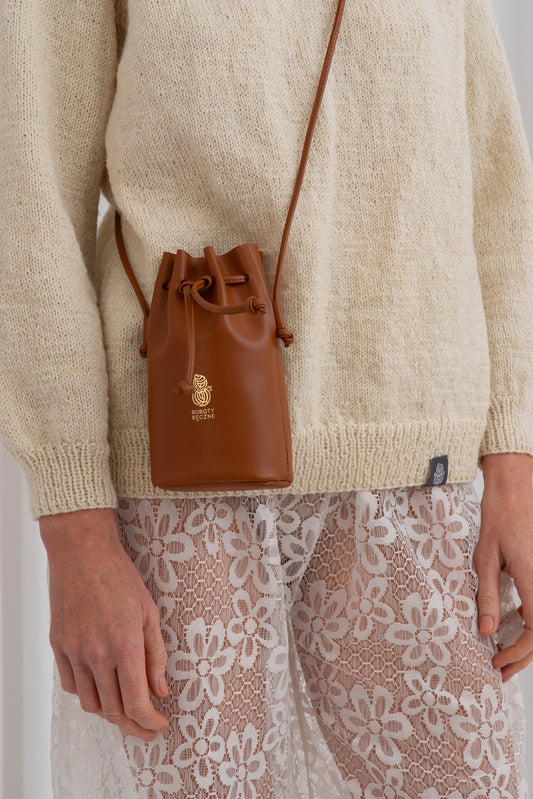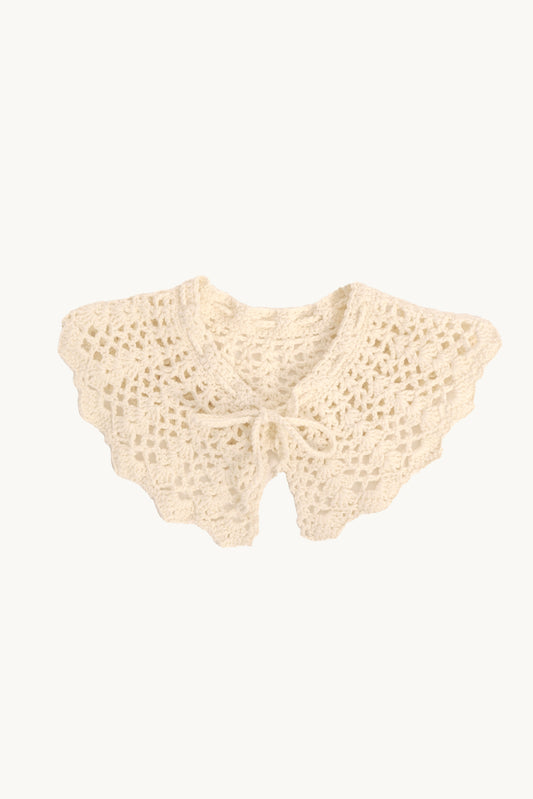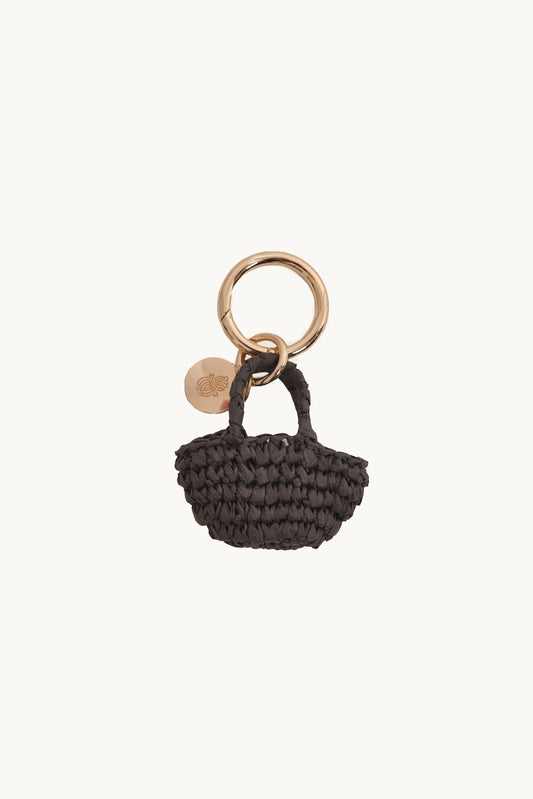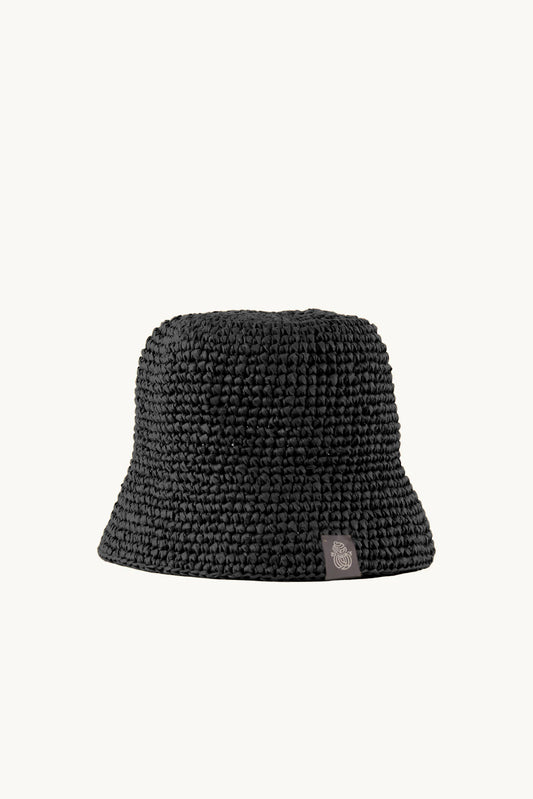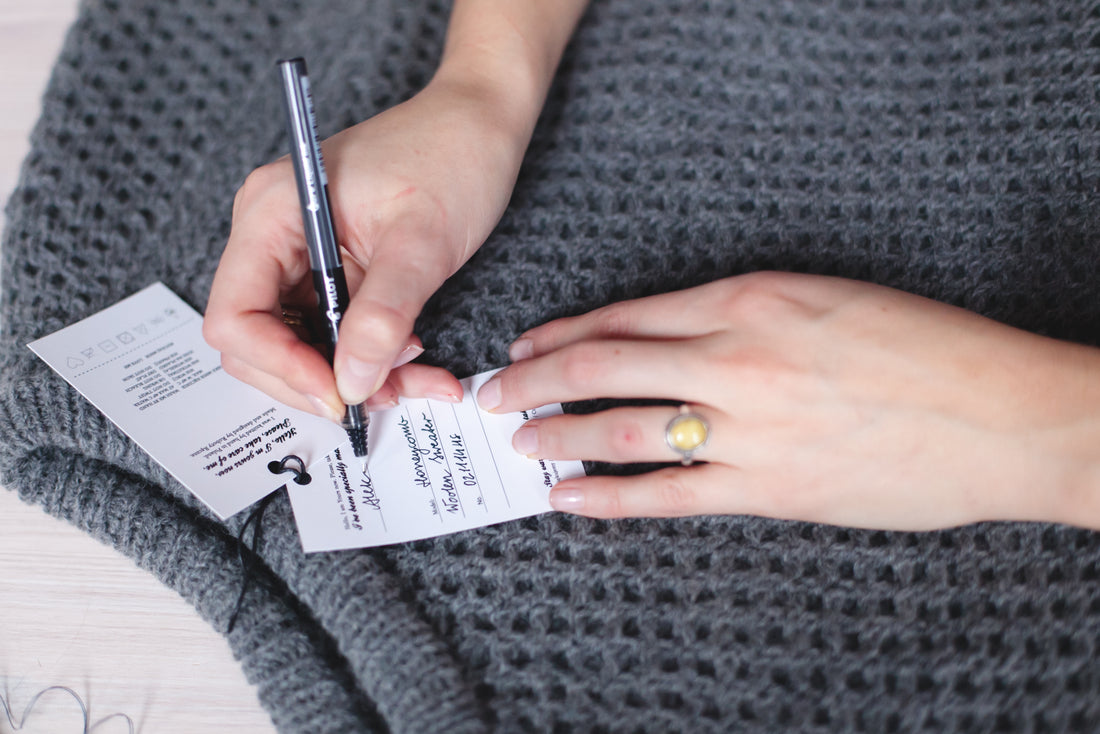
TAKE CARE OF ME: how to take care of knitted fabrics with a Handwork label?
Handmade knitwear is like the plants we grow or even animals - the more love and care you give them and take proper care of them, the more beautiful and longer they will serve you. Proper care may not be obvious, but it is effortless! So, how to wash, where to dry and why frost is better than hot water.
KNITTED OR FABRIC?
Let's start with knitwear and how it differs from woven fabric. To put it very generally and figuratively, fabric, as the name suggests, is a material created from weaving, i.e. by layering - once on top, once underneath - yarn. It is more or less elastic and elastic depending on the raw material and weaving density. However, knitted fabric is more similar to a net or fence net - in this case, the yarn is connected by creating meshes that hook each other, resulting in a flexible structure. Its elasticity depends on the composition of the yarn but mainly on the intensity of its fibre twisting, as well as on the weave of the knitted fabric. This is a topic for a separate article, so let's move on.
WHY SWEATERS GROW AND HOW THEY WORK.
As you know, there are countless combinations of patterns, or in other words, weaves, that we can create when knitting. You can also read about them in another article, in which I discuss weaves that carry a hidden meaning. By incorporating them in a sweater, we can give someone, for example, a wish for happiness and prosperity. Depending on the weave of our sweater, scarf, hat or other item of clothing, the thing will tend to stretch more or less intensively. Please remember this when ordering something from us, when choosing the size, and when washing.
SHEEP IN A BATH, OR HOW TO WASH A SWEATER.
And here we come to the point of today's article, i.e. the care of knitwear, using the example of a sweater. Before you decide to wash your hat, scarf or sweater, remember that natural yarns are self-cleaning and do not need to be cleaned as often as synthetic knitted fabrics. It is also essential to know that each woollen yarn contains lanolin, i.e., natural animal wax, which will disappear if the temperature or frequency of washing is too high, reducing the comfort of using the knitted fabric made of it. However, if you decide that, for example, your sweater needs to be refreshed and it cannot be aired or frozen (this is a well-known way to clean mohair or soften wool) but bathed, approach it as if you were washing a small dog. Yes, let's respect our sweaters as if they were alive, and they will reward us with longevity.
STEP BY STEP, OR INSTRUCTIONS FOR WASHING KNITTED FABRIC.
1. To wash a hat or sweater, socks or a scarf, we need lukewarm water (not warmer than 30 degrees) and wool washing liquid (with natural pH), lanolin, Steamery Stockholm liquid (you can order it from us) or ordinary Familijny shampoo / for children. We follow the principle that less is more. In this case, fewer enhancers in the shampoo means more suitable for the sweater. Speaking of shampoo, it is worth knowing that long-haired yarns like those with a large amount of mohair like bathing in hair conditioner. Of course, we rinse our work after this treatment. In addition to water, detergent and a bowl/bath, you will need a towel to squeeze out excess water and another towel placed on a clothes dryer. Wet fabric must be dried flat.
2. Dip your buttoned work into the prepared mixture (add the liquid "by eye" - just like when washing your hair) and gently wash it by pressing. Remember that the water should not be too warm (like an animal, our sweater may burn) because the fabric will shrink. Its fibres will become matted. Natural yarn contains lanolin, which we do not want to get rid of. Washing with the wrong detergent or too warm water will cause the wax to dissolve. There is one exception: if your favourite hat or scarf has stretched too much and you want to shrink it a bit, you can use this trick by bathing it in slightly warmer water - then the thing will shrink a bit.
3. After washing for a while - do not bathe it for too long - this process should take you a few minutes - rinse the garment in those as mentioned earlier clean, lukewarm water. Remember that the water temperature should always be similar so that the knitwear does not shrink due to the temperature difference. You cannot wash in warm water and rinse in cold water. Hand Works do not like to be squeezed firmly (like animals), so by gently kneading, we remove the detergent from our sweater. Please remember to make sure that the water reaches every nook and cranny. It's essential to get rid of the detergent. Do not perform movements that may cause excessive fabric stretching, e.g. lifting it above the water and dripping. No, no, no - it's forbidden. This is how you can destroy the best handiwork. We stick to the water and only perform washing and pressing movements.
4. When you find the sweater well rinsed, gently grab the whole thing like an animal (forgive me for overusing this analogy) and squeeze lightly without wringing it out, but instead squeeze the water against the edges of the bowl/bathtub. We never wring out, i.e. twist, knitted fabrics. We don't spin in the washing machine either!
5. After removing it from the water, place the sweater on a towel and carefully roll it up to squeeze out excess water.
6. Now it's time to dry slowly, i.e., not in an automatic dryer, but on a clothes dryer. We transfer the sweater/hat/scarf or other handwork, like a sleeping dog, to a towel we have previously spread on the dryer mentioned above. We arrange our knitwear in such a way that it is comfortable, which is how Roboty Ręczne created it. In other words, we give it the shape it should have after drying, or even a slightly smaller one.
Important: never dry knitwear on a radiator. OK, the dryer can be placed next to a heat source, but at a safe distance and not directly on it. I recommend washing more oversized knitted items in a ventilated place in the summer - they dry quickly.
7. After a few hours of drying, the job is done. Remember to turn your handwork over and, if necessary, change the towel to dry so that the work does not smell unpleasant and musty. Whenever you dry knitted fabrics, lay them flat. Never iron. The most important thing: don't stop loving them :)
OR MAYBE A WASHING MACHINE?
Of course, some washing machines have the so-called professional wool washing programs. This is OK if your sweater is made of superwash wool and if you want to avoid spending the evening washing it by hand. Such superwash yarn has been previously specially treated, and its fibres are more resistant to mechanical washing. However, regardless of the type of yarn, I always recommend hand washing. This is an easy way to extend the life of your knitwear.
Good luck!

